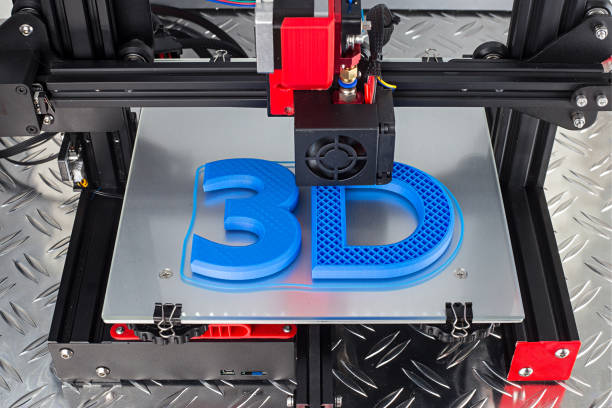Dubai has always been at the forefront of adopting cutting-edge technologies, and 3D printing is no exception. From healthcare and construction to retail and manufacturing, additive manufacturing is reshaping industries across the UAE. Dubai’s government even launched the Dubai 3D Printing Strategy with the aim of making the city a global leader in this sector by 2030.
But like any fast-growing industry, the 3D printing market in Dubai presents both unique opportunities and serious challenges. Let’s take a closer look.
Opportunities in Dubai’s 3D Printing Market
Dubai’s vision for the future makes it an ideal place for 3D printing to thrive. Here are some of the key opportunities driving growth:
1. Government Support and Policies
The Dubai 3D Printing Strategy aims to integrate 3D printing in various industries—particularly construction, healthcare, and consumer goods. This strong government backing creates a favorable environment for startups, investors, and innovators to flourish.
2. Construction and Real Estate Innovation
Dubai is already known for record-breaking skyscrapers and futuristic designs. With 3D printing, developers can:
- Build homes faster and at lower costs.
- Reduce waste through sustainable construction.
- Experiment with innovative architectural designs.
Some projects are already underway, including 3D-printed offices and villas, showcasing how Dubai is turning vision into reality.
3. Healthcare Advancements
3D printing in healthcare offers life-changing benefits such as:
- Printing custom prosthetics and implants.
- Producing surgical models for better precision.
- Exploring the future of bioprinting tissues and organs.
With Dubai investing heavily in healthcare technology, this sector holds massive potential.
4. Growing Market for Customized Products
Consumers in Dubai are increasingly interested in personalized items, from fashion accessories to household goods. 3D printing allows businesses to tap into this trend by offering unique, made-to-order products.
5. Boost for Local Manufacturing
Instead of importing expensive machinery or spare parts, industries can now produce them locally using 3D printing. This not only saves costs but also reduces dependence on global supply chains—something that became vital during the pandemic.
Challenges Facing Dubai’s 3D Printing Market
Despite the opportunities, the industry faces several hurdles that must be addressed for sustainable growth.
1. High Initial Costs
Setting up professional-grade 3D printing facilities requires a significant investment. From advanced machines to skilled labor, the initial costs can discourage small businesses and startups.
2. Skill Gap and Training Needs
While demand is rising, there’s still a shortage of professionals with expertise in 3D modeling, design, and operation of advanced printers. Dubai will need to focus on education and training programs to bridge this gap.
3. Regulatory and Legal Framework
As 3D printing involves sensitive areas like healthcare and construction, strict regulations are necessary. However, the lack of standardized global rules can create confusion around product safety, certification, and intellectual property rights.
4. Material Limitations
Currently, 3D printers can only work with a limited range of materials such as plastics, metals, and composites. For Dubai to achieve its ambitious vision, research into more durable, sustainable, and cost-effective materials is essential.
5. Adoption Barriers Among Businesses
Many traditional businesses are still hesitant to adopt 3D printing due to misconceptions about cost, reliability, or quality. Encouraging wider adoption will require awareness campaigns, success stories, and proven ROI (return on investment).
The Future of 3D Printing in Dubai
Despite the challenges, Dubai’s 3D printing industry is set for remarkable growth. Experts predict that as technology becomes more affordable and regulations mature, adoption will expand across all major industries.
- Construction will see faster and more sustainable projects.
- Healthcare will benefit from personalized treatments.
- Retail and manufacturing will thrive on customization and efficiency.
Dubai’s proactive approach, combined with its position as a global innovation hub, means that the emirate is well-placed to become a leader in 3D printing on the world stage.
Final Thoughts
Dubai’s 3D printing market is full of opportunities for innovation, investment, and global leadership. However, the path forward also comes with challenges such as high costs, skills shortages, and regulatory hurdles.
For entrepreneurs, businesses, and policymakers, the key lies in balancing innovation with practical solutions. With the right strategy, Dubai could very well set the standard for the future of 3D printing worldwide.

